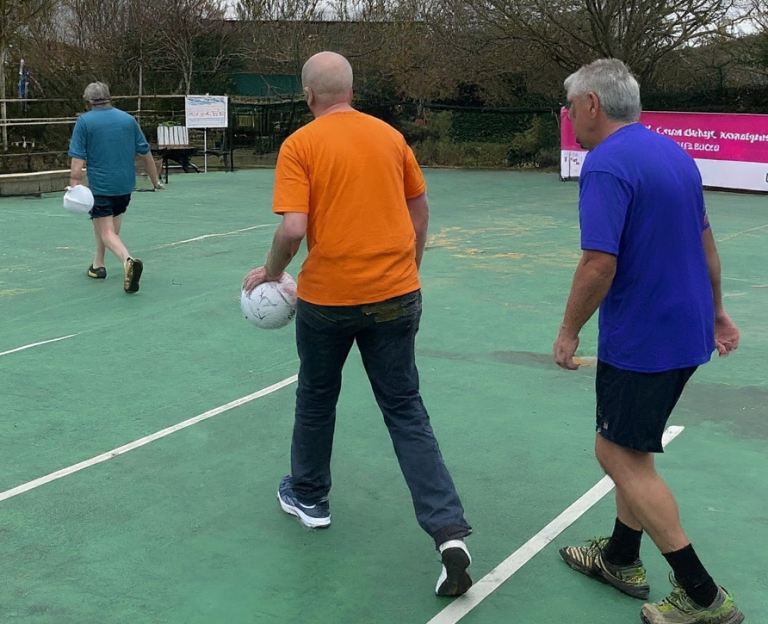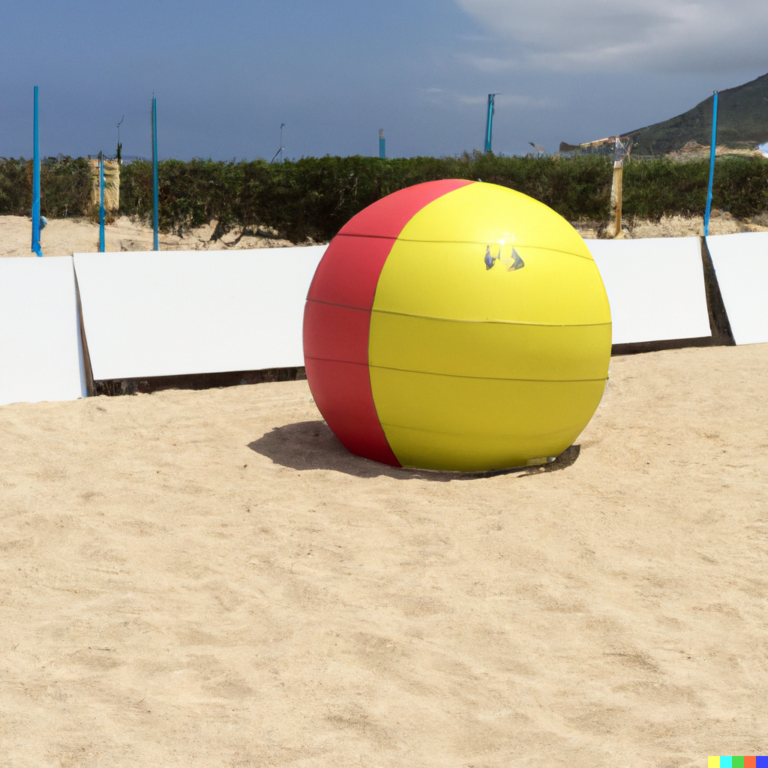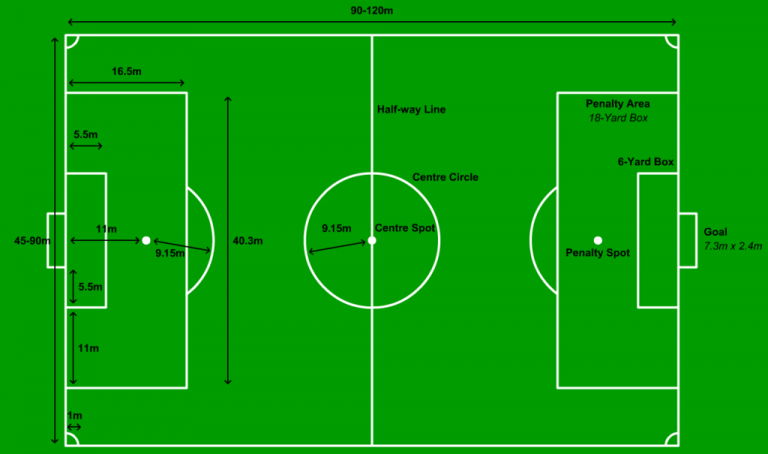General Rules of Hydroplane Racing
To excel in hydroplane racing, prioritize safety with helmets, life jackets, and fire-resistant suits. Learn emergency protocols for quick responses. Study the course layout considering weather conditions for best performance. Stick to speed limits and navigate precisely around buoys. Upgrade equipment for speed and agility advantages, understanding high-quality materials and weight restrictions. Master the start and finish line locations, plus timing systems for accurate results. Adhere to penalty guidelines for fair play, appealing when necessary. Hydroplane racing demands focus and preparation. Understanding the basics sets you up for success in this thrilling sport.
Safety Regulations
When participating in hydroplane racing, it is crucial that you comply with strict safety regulations to guarantee the well-being of all competitors and spectators. Safety gear is paramount in this high-speed sport. Making sure you have the appropriate personal protective equipment, such as helmets, life jackets, and fire-resistant suits, can make a significant difference in case of an accident. These items are not just for compliance but are essential for your safety.
Emergency protocols are in place to handle unforeseen situations swiftly and effectively. Familiarize yourself with the emergency procedures before hitting the water. Knowing how to respond in emergencies like boat malfunctions, collisions, or injuries can prevent further harm and ensure a quick response from the safety team. Stay informed and alert during the race to swiftly act upon any emergency situations that may arise.
Course Requirements
Familiarize yourself with the course requirements for hydroplane racing to navigate the race track with precision and efficiency. When it comes to hydroplane racing, understanding the course layout and regulations is essential for a successful and thrilling race experience. Here are some key points to keep in mind:
- Weather Conditions: Stay informed about weather forecasts as they can greatly impact the race. Wind speed, wave height, and visibility are vital factors to take into account for a safe and competitive race.
- Track Layout: Study the track layout beforehand to anticipate turns, straightaways, and any potential obstacles. Knowing the course will help you plan your strategy and adjust your speed accordingly.
- Speed Limits: Adhere to the specified speed limits on different sections of the track to guarantee safety for yourself and other racers.
- Buoy Placement: Pay close attention to buoy placement, as they mark the boundaries of the course. Missing a buoy can lead to penalties or disqualification, so precise navigation is key.
Equipment Specifications
To guarantee peak performance on the hydroplane racing course, understanding the precise equipment specifications is essential. Design innovation and performance upgrades play a pivotal role in the world of hydroplane racing. Manufacturers are constantly working hard to push the boundaries of what is possible, creating cutting-edge designs that enhance speed and maneuverability. When it comes to material durability, hydroplane racers must make sure that their vessels are constructed with the highest quality materials to withstand the rigors of racing. Weight restrictions are also a key consideration, as lighter hydroplanes have a significant advantage on the water.
In hydroplane racing, every detail counts, from the shape of the hull to the type of engine used. Upgrading your hydroplane with the latest design innovations can give you an edge over the competition. By adhering to strict equipment specifications, you can make certain that your hydroplane is optimized for speed and performance. So, embrace the challenge of meeting these requirements and watch as your hydroplane transforms into a powerful racing machine built for victory.
Race Procedures
Prepare your hydroplane for the race by acquainting yourself with the specific procedures that govern each race event. Understanding the race procedures is important to guarantee a smooth and successful competition. Here are some key points to keep in mind:
- Starting Line: Familiarize yourself with the designated starting line. Positioning your hydroplane correctly at the start can give you an early advantage.
- Finish Line: Know where the finish line is located on the racecourse. This is where your race officially ends, and timing is essential for a strong finish.
- Timing System: Be aware of the timing system in place for the race. Precision in timing can make a significant difference in your final results.
- Race Officials: Respect and follow the instructions of race officials. They play an important role in ensuring fair play and safety during the race.
Penalty Guidelines
When maneuvering the hydroplane racecourse, compliance with penalty guidelines is essential for upholding the integrity of the competition. Penalty assessment plays a critical role in ensuring fairness and adherence to the rules. In the event of an incident during a race, thorough incident investigation is conducted to determine if any penalties are warranted. The enforcement of penalties is carried out with precision to maintain a level playing field for all competitors.
If a penalty is assessed against you, understanding the appeals process is crucial. You have the right to appeal the decision, providing a detailed account of your perspective on the incident. Appeals are carefully reviewed to ensure that all aspects of the situation are considered before a final decision is made. This process allows for transparency and fairness in penalty enforcement.
Frequently Asked Questions
How Do Hydroplane Racers Train and Prepare for Races?
When prepping for races, hydroplane racers like you follow rigorous training techniques and stick to strict nutrition plans. Imagine yourself as a finely tuned engine, each workout and meal fueling your speed and performance.
What Types of Challenges Do Hydroplane Racers Face During Races?
When hydroplane racing, you face challenges like unpredictable water conditions, demanding quick adjustments in racing strategies. Maintaining equipment is critical for safety and performance, so meticulous care is vital. Implementing safety precautions guarantees a thrilling yet secure experience.
How Do Hydroplane Racers Handle Adverse Weather Conditions During Races?
When facing adverse weather conditions during races, you must adjust your race day strategies. Handling inclement weather requires skill and precision. Stay focused, adapt to the changing conditions, and utilize your experience to navigate the challenges effectively.
What Are Some Common Strategies Used by Hydroplane Racers to Gain a Competitive Edge?
To gain a competitive edge, hydroplane racers employ strategic maneuvers like perfecting their turns and utilizing drafting techniques. Speed optimization is key by finding the ideal racing line and adjusting trim tabs for maximum efficiency.
How Do Hydroplane Racers Maintain Their Physical and Mental Fitness for Racing?
So, you wanna know how hydroplane racers keep their bodies and minds in top shape for the races? Well, it's all about physical endurance and mental focus, my friend. Let's plunge in!






